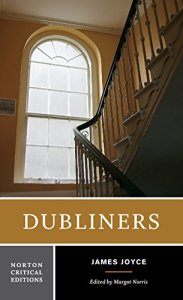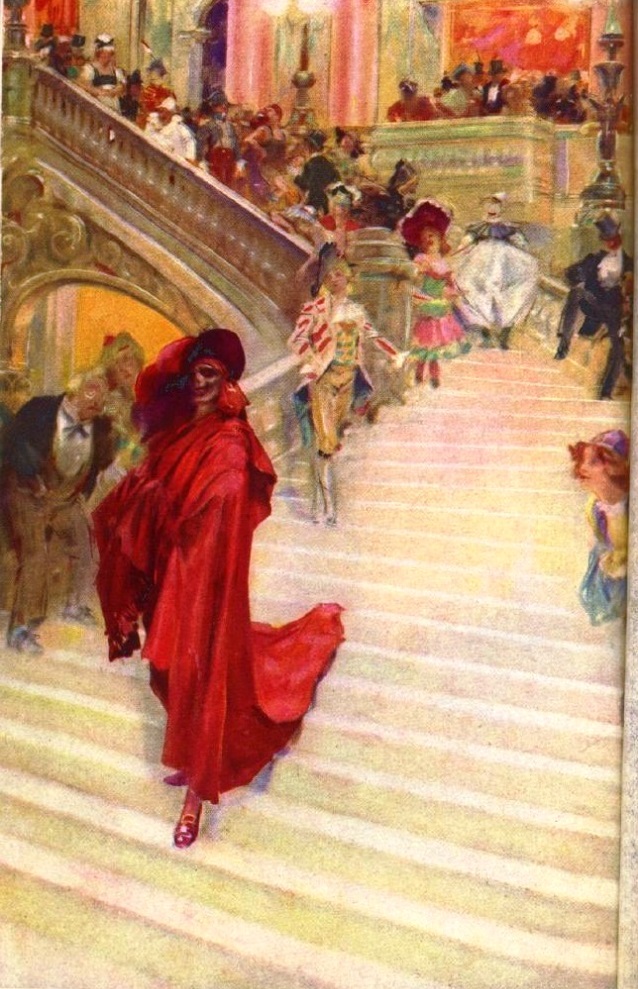Happy New Year and Merry Christmas!
Though it may seem odd to place it in that order, in truth we are still in the midst of the traditional Twelve Days of Christmas and so a greeting of “Merry Christmas!” may still be apropos, if only we still followed that old tradition.*
This is a recurrent lament throughout a number of Washington Irving’s short sketches in The Sketch Book of Geoffrey Crayon, Gent., though perhaps nowhere so much as in those centered on the Yuletide holiday.
One of the least pleasing effects of modern refinement is the havoc it has made among the hearty old holyday customs. It has completely taken off the sharp touchings and spirited reliefs of these embellishments of life, and has worn down society into a more smooth and polished, but certainly less characteristic surface.
“Christmas”
I’d been very slowly working my way through Irving’s Sketch Book since early October, and completely by chance arrived at “Christmas” on December 24th. It seemed too good a chance to pass up, so I doled out “Christmas,” “The Stage Coach,” and “Christmas Eve” on the 24th and “Christmas Day” and “The Christmas Dinner” on Christmas day itself.
There was now a pause, as if something was expected, when suddenly the Butler entered the hall, with some degree of bustle: he was attended by a servant on each side with a large wax light, and bore a silver dish, on which was an enormous pig’s head, decorated with rosemary, with a lemon in its mouth, which was placed with great formality at the head of the table. The moment this pageant made its appearance, the harper struck up a flourish; at the conclusion of which the young Oxonian, on receiving a hint from the Squire, gave, with an air of the most comic gravity; an old carol, the first verse of which was as follows:
Caput apri defero
Reddens laudes Domino.
The boar’s head in hand bring I,
With garlands gay and rosemary.
I pray you all synge merily
Qui estis in convivio.
Though prepared to witness many of these little eccentricities, from being apprized of the peculiar hobby of mine host; yet, I confess, the parade with which so odd a dish was introduced, somewhat perplexed me, until I gathered from the conversation of the Squire and the parson, that it was meant to represent the bringing in of the boar’s head, a dish formerly served up with much ceremony, and the sound of minstrelsy and song, at great tables on Christmas day.
“The Christmas Dinner”
The table was literally loaded with good cheer, and presented an epitome of country abundance, in this season of overflowing larders. A distinguished post was allotted to “ancient sirloin,” as mine host termed it, being, as he added, “the standard of old English hospitality, and a joint of goodly presence, and full of expectation.” There were several dishes quaintly decorated, and which had evidently something traditionary in their embellishments, but about which, as I did not like to appear over curious, I asked no questions. I could not, however, but notice a pie, magnificently decorated with peacock’s feathers, in imitation of the tail of that bird, which overshadowed a considerable track of the table. This the Squire confessed, with some little hesitation, was a pheasant pie, though a peacock pie was certainly the most authentical; but there had been such a mortality among the peacocks this season, that he could not prevail upon himself to have one killed.
“The Christmas Dinner”
Though not so well-known–or perhaps so engaging, though reader response may vary–as Irving’s fictional tales, his sketches of an old fashioned English Christmas have nostalgic charm of their own. His host, Squire Bracebridge, the father of an acquaintance, seeks to preserve the old ways himself, mourning that things are not as they once were while endeavoring to recreate what he can. There is decor and feasting, religious services and holyday games, and good fellowship with friends and family alike. It is a charming picture of a bygone age–if Irving is to be believed, a lost era even at the time of his 1810s writing.
On the morn when every man remembers the time
that our dear Lord for our doom to die was born,
in every home wakes happiness on earth for His sake.
So did it there on that day with the dearest delights:
at each meal and at dinner marvellous dishes
men set on the dais, the daintiest meats.
The old ancient woman was highest at table,
meetly to her side the master he took him;
Gawain and the gay lady together were seated
in the centre, where as was seemly the service began,
and so on through the hall as honour directed.
When each good man in his degree without grudge had been served,
there was food, there was festival, there was fullness of joy;
and to tell all the tale of it I should tedious find,
though pains I might take every point to detail.
[…]
Drums beat, and trumps men wind,
many pipers play their airs;
each man his needs did mind,
and they two minded theirs.
With much feasting they fared the first and the next day,
and as heartily the third day came hastening after;
the gaity of Saint John’s day was glorious to hear;
with the cheer of the choicest Childermas followed,
and that finished their revels, as folk there intended,
for there were guests who must go in the grey morning.
So a wondrous wake they held, and the wind they drank,
and they danced and danced on, and dearly they carolled.
Sir Gawain and the Green Knight, Stanzas 41-42
The nostalgia that Irving and his host have for a perhaps mythological English past of feasting and festival and lords of the manor brings to mind the 14th century legend of Sir Gawain and the Green Knight, another autumn (re)read. If I understand its publication history correctly, the text of Gawain itself was not available to the general reader until some years after Irving’s Christmas visit, but there seems to be a kinship between the Squire’s desired celebration and that depicted in the legend. Perhaps in Squire Bracebridge we are already anticipating the Pre-Raphaelite fascination with the medieval? Regardless, the connecting thread from the era of Arthur to the early 19th century holds: food, feasting, fellowship.
It was his own room. There was no doubt about that. But it had undergone a surprising transformation. The walls and ceiling were so hung with living green that it looked a perfect grove; from every part of which bright gleaming berries glistened. The crisp leaves of holly, mistletoe, and ivy reflected back the light, as if so many little mirrors had been scattered there; and such a mighty blaze went roaring up the chimney as that dull petrifaction of a hearth had never known in Scrooge’s time, or Marley’s, or for many and many a winter season gone. Heaped up on the floor, to form a kind of throne, were turkeys, geese, game, poultry, brawn, great joints of meat, suckling-pigs, long wreaths of sausages, mince-pies, plum puddings, barrels of oysters, red-ho chestnuts, cherry-cheeked apples, juicy oranges, luscious pears, immense twelfth-cakes, and seething bowls of punch, that made the chamber dim with their delicious steam.
A Christmas Carol, Stave Three
And then we arrive at Charles Dickens’s A Christmas Carol. I reread this as part of Adam’s Contemplative Reading project. It proved fortuitous timing to coincide with the Irving. Although Dickens’s primary interests are at least in part different than Irving’s–that of the redemption of a man and the succor of the impoverished–he nevertheless has an interest in the traditions of English Christmas past and Irving was a likely influence on his famous tale. It is perhaps appropriate that the novella is a ghost story–the Christmas past is thus not merely Ebeneezer Scrooge’s but also England’s. Certainly, the charity that Irving romanticizes in the generous Squire would have been dear to Dickens’s heart.
Traditions change–they come and go–and to read these now perhaps evokes greater nostalgia than for readers of Irving’s and Dickens’s day. Yet there is within them a kernel of good feeling and fellowship and goodwill to our fellow humankind that is worth rescuing and returning to in our troubled times.
Books read:
Washington Irving
The Sketch Book of Geoffrey Crayon, Gent.
1819-1820, revised
1988 Penguin Edition: The Legend of Sleepy Hollow and Other Stories with an Introduction and Notes by William L. Hedges
Anonymous
Sir Gawain and the Green Knight
c. 14th Century
Translated, J.R.R. Tolkien, 1975
Charles Dickens
A Christmas Carol
1843
*As do the Amish, who celebrate “Old Christmas” on the 6th.

